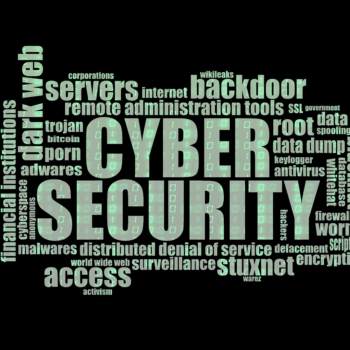
The current year has already shown that IT attacks are becoming more frequent, more violent and more persistent. Roman Borovits, Senior Systems Engineer at F5, explains the developments in cybersecurity companies should pay attention to.
Cyber criminals continue to arm and prepare even more targeted and dangerous attacks. In 2021, companies should keep an eye on the following cybersecurity trends in particular:
Increasing attempts at fraud overwhelm existing protective measures. The scammers' tools have evolved over the past five years, while the current generation of defenses is getting on in years. Attackers can bypass hurdles such as multi-factor authentication and risk-based rate limitation by imitating legitimate users right through to their IT environment. These attack tools are still in their infancy, but when they are mature, companies have to reassess their security measures.
3D printers fake biometric security
3D printers test biometric security. 3D printers have gone from being expensive niche devices to being mass-produced. You will soon be able to print fingerprints and faces at a quality that will pass biometric controls. This won't even require a high quality scan of a victim. Ultimately, biometric authentication is based on a probability calculation. A printable “master key” could look like a bunch of keys made of assemblable parts - instead of a replica of a person's face or fingerprint.
Rust & WASM are changing application security. Web Assembly, WASM for short, is a bytecode that began as an alternative runtime environment for web browsers and supplements JavaScript. It is evolving into an ultra-light, ultra-portable way to run binaries on server, edge, browser, or wherever. At the same time, the Rust programming language, with its focus on memory security - the area with the most serious incidents - supports WASM best. This combination will fundamentally change application development.
At the edge of the network
Cybersecurity measures are moving to the edge of the network. Forwarding a data packet through the Internet in order to then reject it as dangerous at the network perimeter is a waste of resources. Moving bot protection or data validation to the edge saves processing time and bandwidth costs.
A spate of incidents will be announced in late 2021. The office landscape changed radically in 2020. Millions of employees moved to the home office within a few weeks. This completely changed the traffic and activity data. But it is only when companies adapt and understand what new security breaches look like that they can detect and prevent them.
More on this at F5.com
Via F5 Networks F5 (NASDAQ: FFIV) gives the world's largest companies, service providers, government agencies and consumer brands the freedom to deliver any app securely, anywhere, with confidence. F5 offers cloud and security solutions that enable companies to use the infrastructure they choose without compromising speed and control. Please visit f5.com for more information. You can also visit us on LinkedIn and Facebook for more information about F5, its partners and technologies.
